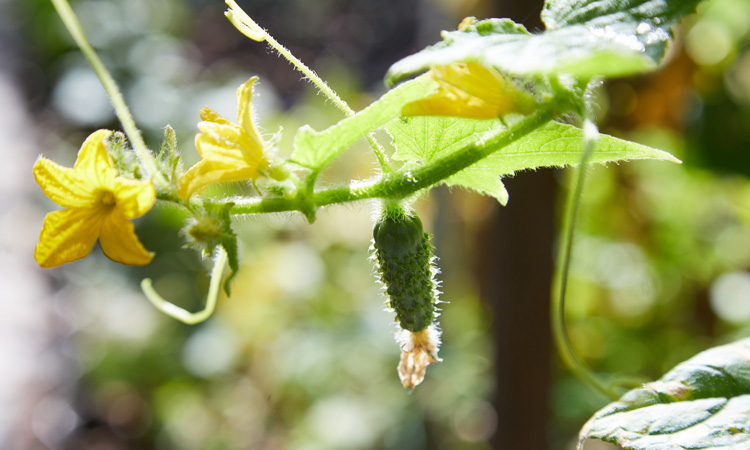Chemists monitor plant gas ethylene as method to reduce food waste
- Like
- Digg
- Del
- Tumblr
- VKontakte
- Buffer
- Love This
- Odnoklassniki
- Meneame
- Blogger
- Amazon
- Yahoo Mail
- Gmail
- AOL
- Newsvine
- HackerNews
- Evernote
- MySpace
- Mail.ru
- Viadeo
- Line
- Comments
- Yummly
- SMS
- Viber
- Telegram
- Subscribe
- Skype
- Facebook Messenger
- Kakao
- LiveJournal
- Yammer
- Edgar
- Fintel
- Mix
- Instapaper
- Copy Link
Posted: 20 March 2020 | Sam Mehmet (New Food) | No comments yet
Ethylene is a colourless, sweet-smelling gas emitted when flowers bloom and fruits ripen, which researchers have suggested is useful in preventing food spoilage if detected early.


Chemist from the Massachusetts Institute of Technology (MIT) have now reportedly created a tiny sensor that can detect ethylene in concentrations as low as 15 parts per billion, which they believe could be useful in preventing food waste.
The sensor, which is made from semiconducting cylinders called carbon nanotubes, could be used to monitor fruit and vegetables as they are shipped and stored, helping to reduce food waste, said Timothy Swager, the John D. MacArthur Professor of Chemistry at MIT.
“There is a persistent need for better food management and reduction of food waste,” Swager said. “People who transport fruit around would like to know how it’s doing during transit, and whether they need to take measures to keep ethylene down while they’re transporting it.”
In addition to its natural role as a plant hormone, ethylene is also the world’s most widely manufactured organic compound and is used to manufacture products such as plastics and clothing. A detector for ethylene could also be useful for monitoring this kind of industrial ethylene manufacturing, the researchers suggested.
“There still is not a good commercial sensor for ethylene,” Swager said. “To manage any kind of produce that’s stored long-term, like apples or potatoes, people would like to be able to measure its ethylene to determine if it’s in a stasis mode or if it’s ripening.”
Swager and colleague created a new kind of ethylene sensor that is also based on carbon nanotubes but works by an entirely different mechanism, known as Wacker oxidation. Instead of incorporating a metal such as copper that binds directly to ethylene, they used a metal catalyst called palladium that adds oxygen to ethylene during a process called oxidation.
As the palladium catalyst performs this oxidation, the catalyst temporarily gains electrons. Palladium then passes these extra electrons to carbon nanotubes, making them more conductive. By measuring the resulting change in current flow, the researchers can detect the presence of ethylene.
The sensor responds to ethylene within a few seconds of exposure, and once the gas is gone, the sensor returns to its baseline conductivity within a few minutes.
“You’re toggling between two different states of the metal, and once ethylene is no longer there, it goes from that transient, electron-rich state back to its original state,” the researchers said, which allows them to quickly detect the best time to intervene to prevent spoilage and reduce food waste.
Related topics
Environment, Food Waste, Research & development, Shelf life, Supply chain








